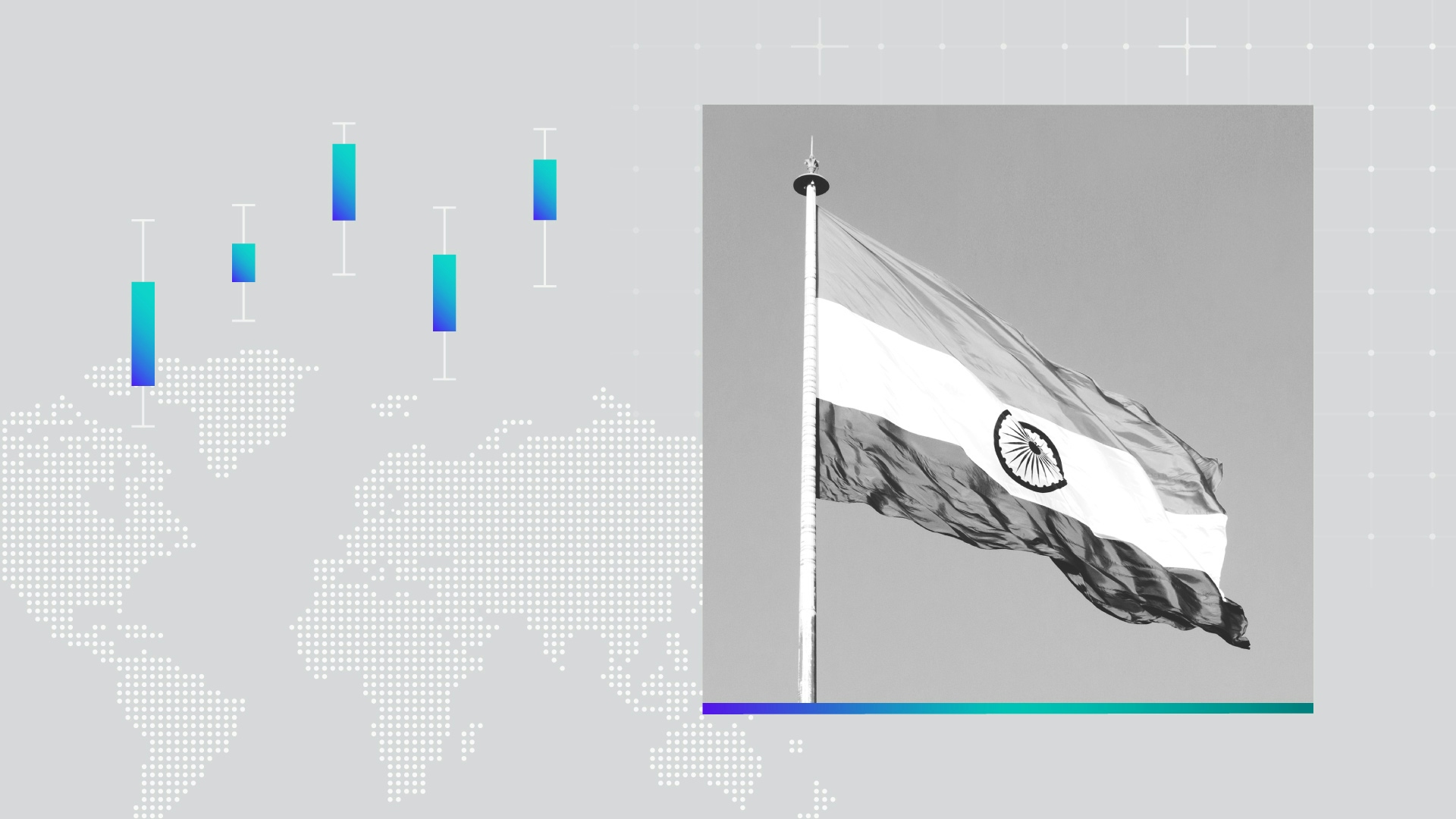What Travel Brands Need to Know About Indian Tourists

Key Takeaways
Nearly half (48%) of Indian international travelers are millennials, and 62% have children.
Indian travelers are financially confident and optimistic — 68% say their personal finances will improve in the next 12 months.
Sustainability is very important to this cohort, among whom nearly 9 in 10 say they’ll pay more for a product that’s good for the environment.
With a growing economy and a rapidly expanding middle class with money to spend, India is quickly becoming the most important market for global outbound travel. While most Indian travelers are still focusing on domestic trips, the U.S. recorded over 2 million visits from the country in 2024, up 48% from 2019. This is doubly important for the U.S. tourism marketing at a time when volume from key markets like China and Japan is declining.
With this volume poised to continue in 2025, U.S. travel brands must understand who Indian travelers are and what they want in order to provide a positive experience during their travels.
Indian travelers are mostly highly-educated millennials with kids
In the U.S., up-and-coming Gen Z travelers are starting to steal some of the brand attention from the millennial stalwarts, and with good reason: young travelers are simply making up a growing proportion of the traveling public. But the same isn’t true with international travelers from India. Despite having a very young population overall, India’s international travelers skew heavily millennial, with Gen Zers notably underrepresented compared to the national population. (Our sample of Indian consumers is among the internet-using population.)
This cohort is also very educated, with 90% having a tertiary education, compared with 70% of the population as a whole. Perhaps this is where the difference lies: while students in the U.S. are traveling at the same time they’re getting a higher education (or perhaps taking a gap year before starting university), Indian students are waiting until they’ve completed their studies to take a trip.
International travelers from India are mostly millennial families

There are also heavy life stage skews with this group — given the likelihood that they are in their late 20s to early 40s, it’s logical that they’re also more often partnered and parents than not. What this means is that travel is often family travel, with the needs of partners and kids to consider. Beyond that, given the importance of family in Indian culture, it’s also quite common for Indian travelers to bring their parents along on a trip.
Multigenerational travel presents a unique set of needs and desires: accessibility for older adults, facilities for young kids, space for everyone to stay in accommodations, activities that satisfy everyone’s needs. These are just a few of the considerations that will be at the forefront of travelers’ minds when planning an international trip.
International travelers are confident, ready to spend
Given the growth of the Indian economy and expansion of the middle class, it makes sense that Indians in general are confident and optimistic about matters of finance. But international travelers — likely by nature of having a higher income than the general population — are even more bullish about money. Well over half believe that current buying conditions are good, compared with 44% of Indians in general and just 33% of U.S. international travelers, and even more expect good business conditions in the coming year.
Indian travelers are confident about finances and optimistic about the future

Ideally this financial optimism will lead to travelers booking trips to the States. That said, the U.S. faces steep competition. Among Indian travelers who go abroad, closer-to-home destinations in Southeast and East Asia and the Middle East are preferred: 45% of Indian international travelers went to Dubai in 2024. Cost certainly plays a part in that, as does ease of access, as shorter flights with more direct routing are available to some of these closer-to-home destinations.
That said, this confidence suggests that travelers who do come to the U.S. are ready to spend big. Notably, this cohort is more likely than Indians in general to have gone to events which require high-priced tickets: 8 in 10 have attended at least one concert in the past year (compared to 57% of the general population), and more than two-thirds (67%) have attended a sporting event, compared with 41% of adults as a whole. Marquee events could act as a vehicle to draw travelers away from Asian destinations — the FIFA World Cup in 2026 will certainly be a test case, or perhaps a proof point, of the opportunity in this space.
Sustainability, quality, and trendiness will resonate with Indian travelers
Travel brands and hospitality companies hoping to woo Indian travelers to the U.S. or capture their attention when stateside must understand some of the unique motivators that drive them to purchase.
The first is sustainability. Compared with Indian adults in general, international travelers are more environmentally-minded. They’re 4 points more likely to say they consider themselves to be an environmentally-conscious person, and what’s more, they claim to put their money where their mouth is. Nearly 9 in 10 say they’ll pay more for a product that’s good for the environment, and 86% say they will shell out for a sustainable product. As U.S. companies grapple with shifting environmental guidelines and American travelers that often don’t act on their sustainable ideals, they must be aware that Indian travelers have higher expectations, and may be more likely to make purchases with an environmental mindset.
Psychographics of Indian travelers reveal brand opportunities

The second is quality and ease. International travelers are far more likely than their general market counterparts to say they’ll pay more for high quality items or for a faster or easier buying process. Traveling internationally, especially the first time experiencing a new country and culture, can feel difficult as it is without the trusted tools and brands of home. Brands should reinforce the quality of their offer and try to eliminate purchasing roadblocks (for example, payment systems that don’t align with those that Indian travelers use), in order to simplify the process and instill confidence. This can certainly be facilitated through technology, especially as this group is likely to say they’re early tech adopters.
Finally, international travelers from India are driven by trends and social status, saying they’re always looking out for trends and like to live a lifestyle that impresses others. Brands must keep this in mind when it comes to messaging, presenting experiences as leading-edge and trendy. Additionally, any opportunities to facilitate these travelers sharing their experiences with their peers, for example on social media, will go far.
The elephant in the room
U.S. brands and destinations should be excited about the potential for inbound travel from India, but it also must be noted that much of the growth in visits in the last few years was supported by increases in tourist visa processing. It remains to be seen what the policy of the Trump administration will be, but a slowdown or cut in visa availability would surely dampen enthusiasm and risk losing Indian tourists to other global destinations — perhaps for good.
Sign up to get the latest global brand, media and marketing news and analysis delivered to your inbox every morning.
Lindsey Roeschke is an analyst whose work focuses on behavior and expectations of consumers in the travel & hospitality and food & beverage categories, particularly through a generational and cultural lens. Prior to joining Morning Consult, she served as a director of consumer and culture analysis at Gartner. In addition to her research and advisory background, Lindsey has more than a decade of experience in the advertising world. She has lived and worked in seven cities across four continents.


